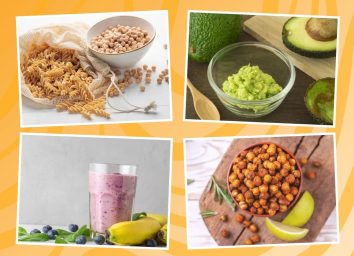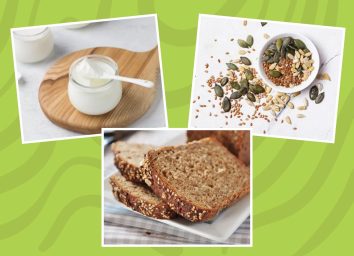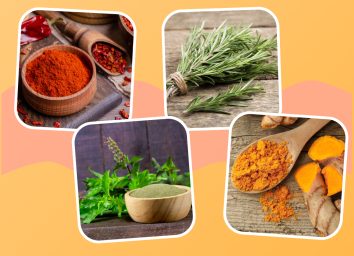Grains With as Many Health Benefits as Quinoa
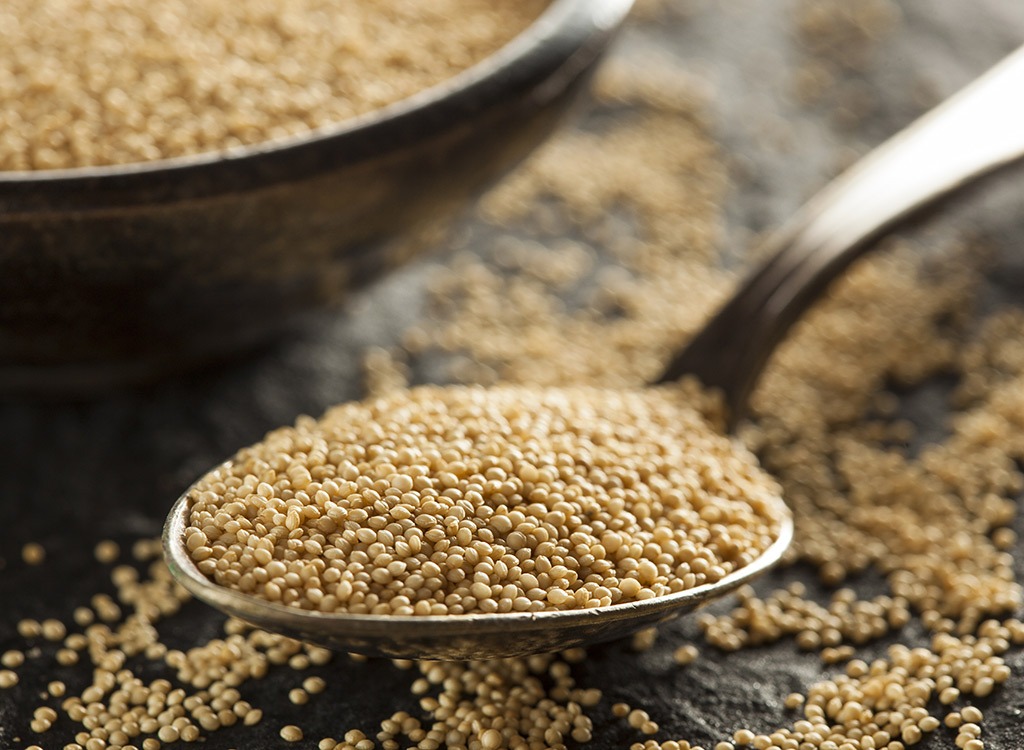
A wise man once said: "A good reputation is more valuable than money." But when it comes to marketing, reputation and money are practically synonymous.
Look at Taylor Swift: Thanks to her enormous popularity and squeaky clean image, she raked in a cool $80 million last year, becoming one of the highest paid celebs on the planet. And in the food realm, the grain that carries the most clout is undoubtedly quinoa. Known for its high protein and fiber content, the ancient grain has been said to aid weight loss and improve health—and Americans can't get enough of the stuff. In fact, we imported 69 millions pounds of quinoa in 2013 alone.
But just because quinoa carries a massive health halo doesn't necessarily mean it's the most nutritious grain in the supermarket. In fact, there are a number of grains that pack as many—or more—total health and weight loss benefits. Here are five that you should add to your plate today:
Amaranth

Nutrition: Per ½ cup, cooked, 125 calories, 2 g fat, 0 g saturated fat, 7 mg sodium, 23 g carbs, 3 g fiber, 0 g sugar, 5 g protein
"In terms of nutrition, quinoa and amaranth do have some similarities," says Isabel Smith, MS, RD, CDN, registered dietitian and founder of Isabel Smith Nutrition. "Both are gluten-free sources of complete proteins and have about the same amount of fiber and protein." However, they do have some differences: "Amaranth has more anti-inflammatory monounsaturated fats than quinoa, four times the calcium (an electrolyte that promotes satiety) and 20 percent more magnesium, a nutrient that may aid weight loss thanks to its ability to control blood sugar and ward off hunger," explains Smith.
Eat This! Amaranth makes a perfect substitute for your morning oatmeal. Alternatively, it can be used like quinoa in salads and side dishes.
Teff
Nutrition: Per ½ cup, cooked, 127 calories, 0.8 g fat, 0 g saturated fat, 10 mg sodium, 25 g carbs, 3.5 g fiber, 0 g sugar, 5 g protein
This mild, nutty whole grain is a complete protein that's rich in vitamins and fiber—just like quinoa, says Alexandra Miller, RDN, LDN, a Pennsylvania-based Corporate Dietitian. What makes it nutritionally superior is its calcium and bicep-building iron content. "Teff provides nearly four times as much calcium and two times as much iron as quinoa," says Miller. Don't underestimate these nutrients; their impact on your body is bigger than you would expect. "Diets rich in calcium have been associated with lower body weight and reduced weight gain over time. Calcium also helps keep our bones and teeth strong and may reduce the risk of colon cancer," she explains.
Eat This! Teff can be cooked and added to vegetables, salads, soups, and casseroles. Miller also suggests enjoying a bowl of it for breakfast. "It tastes delicious paired with unsweetened dried fruit, nuts and unsweetened almond milk," she says. Here's a step-by-step: Combine 1/4 cup teff with 3/4 cup unsweetened almond milk in a saucepan and bring to a boil. Simmer for 15 minutes, occasionally stirring until it thickens. Remove from heat and top with sprinkling of fruit and an ounce of nuts.
Buckwheat
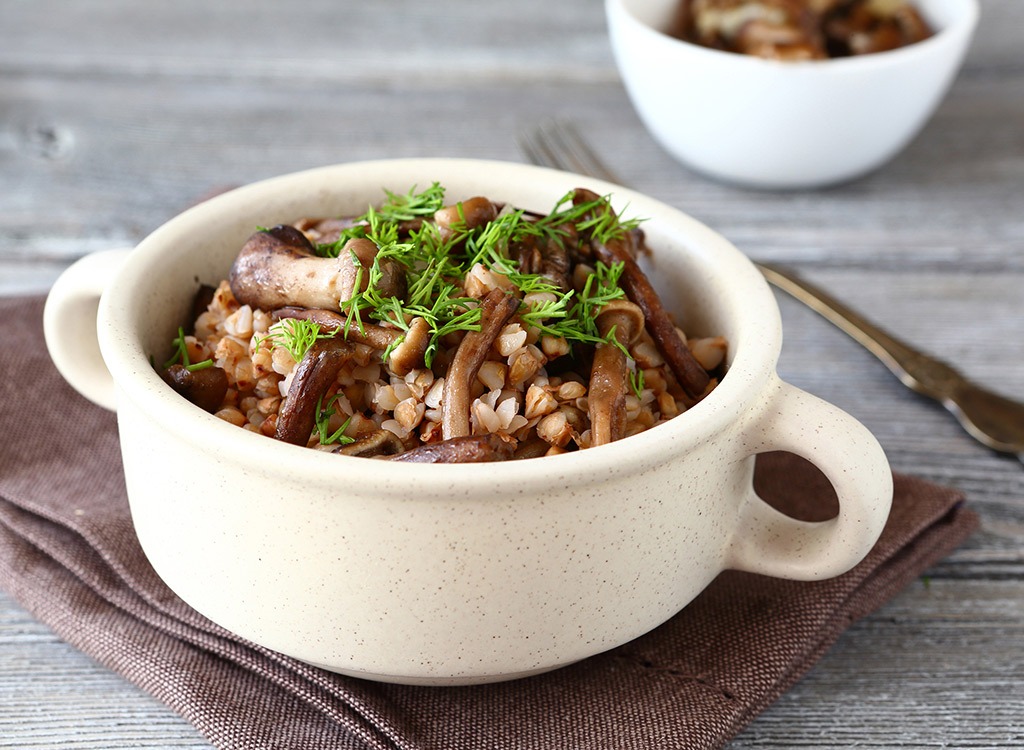
Nutrition: Per ½ cup, cooked, 146 calories, 1.4 g fat, 0.3 saturated fat, 30.4 g carbs, 4.2 g fiber, 0 g sugar, 5.6 g protein
Like quinoa, buckwheat is gluten-free and a complete source of protein, meaning it supplies all nine essential muscle-building amino acids the body cannot produce on its own, says Smith. But what makes this relative of the rhubarb such a nutritional superstar is its magnesium and fiber content. "Fiber slows digestion, which wards off blood sugar spikes and hunger and helps maintain blood sugar control—all important keys to weight loss and management," explains Smith. Studies have also shown that buckwheat may improve circulation and lower cholesterol.
Eat This! Ground buckwheat is a great alternative for quinoa and can be used to make muffins, and waffles, notes Smith. Buckwheat-based soba noodles can be used to make salads and stir-fries.
Kañiwa
Nutrition: Per 1/2 cup, cooked, 160 calories, 1 g fat, 110 mg sodium, 30 g carbs, 3 g fiber, 0 g sugar, 7 g protein
Though it may sound a bit like quinoa, kañiwa (pronounced ka-nyi-wa) is an entirely different grain altogether, and it's extremely healthy. In fact, a half-cup of the complete protein provides 60 percent of the day's iron—six times more than quinoa, says Miller. "Iron carries oxygen throughout the body so cells can produce energy. When levels of iron are low, a slowed metabolism, fatigue and weakness often result. The exhaustion that follows can affect everything from your daily activity levels and your workouts (i.e. your major calorie burners) to your brain function and immunity," warns Miller.
Eat This! "Due to its slightly mild and nutty flavor, kañiwa goes well as an accompaniment to meat, seafood and tofu," says Miller. "It also works well in salads, soups and stir-fries," she adds. Unlike quinoa, it does not need to be rinsed prior to cooking. Fair warning: It can be a bit hard to find. Though some Whole Food locations carry the grain, it's hit or miss. We suggest buying it online.
Ezekiel Bread
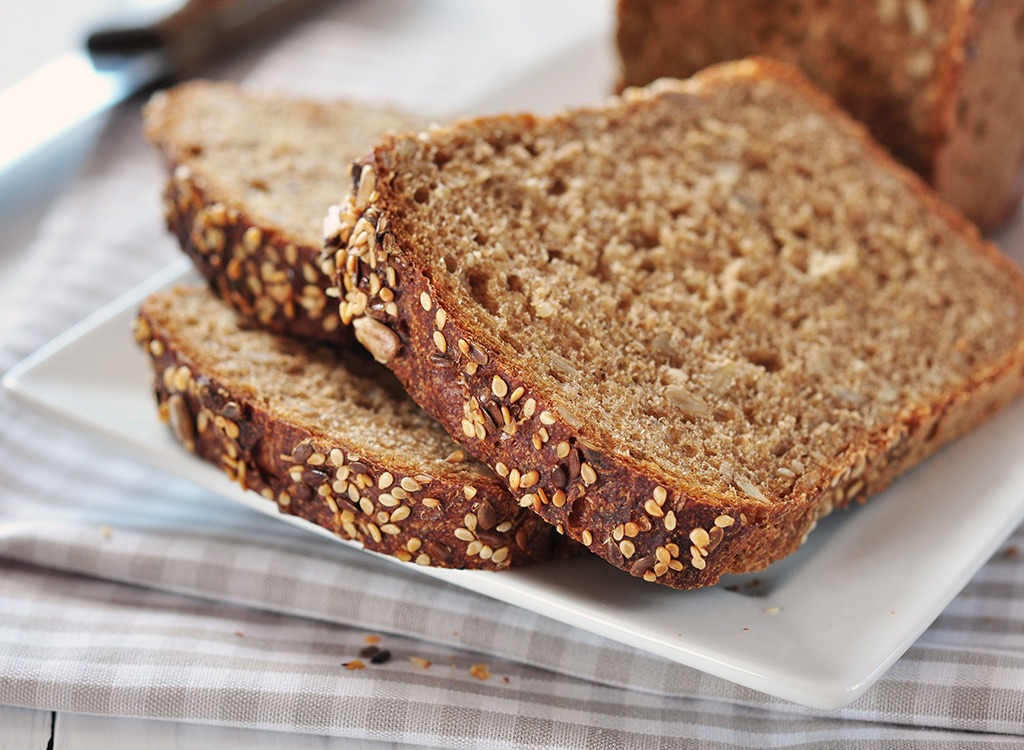
Nutrition: Per slice, 80 calories, 0.5 g fat, 0 g saturated fat, 80 mg sodium, 15 g carbs, 3 g fiber, 1 g sugar, 4 g protein
Miller says Ezekiel bread, unlike quinoa, contains sprouted grains, which have been shown to increase the bioavailability of vitamins and minerals. It has this effect on important nutrients like vitamin C, a nutrient that counteracts stress hormones that trigger abdominal fat storage, essential amino acids that aid muscle growth and belly-filling fiber. Plus, "sliced bread is naturally pre-portioned, which can be helpful for dieters who have trouble managing their calorie intake," adds Miller.
Eat This! Whether you like to toast it, cut off the crust, or eat it whole, swap your go-to bread for Ezekiel. It can be prepped and enjoyed the same way as your current go-to slices.

